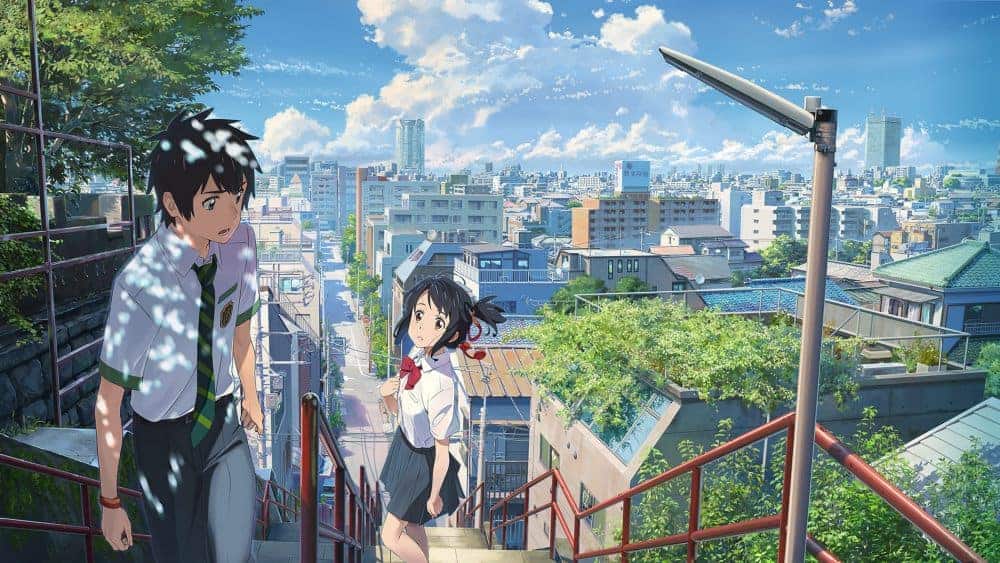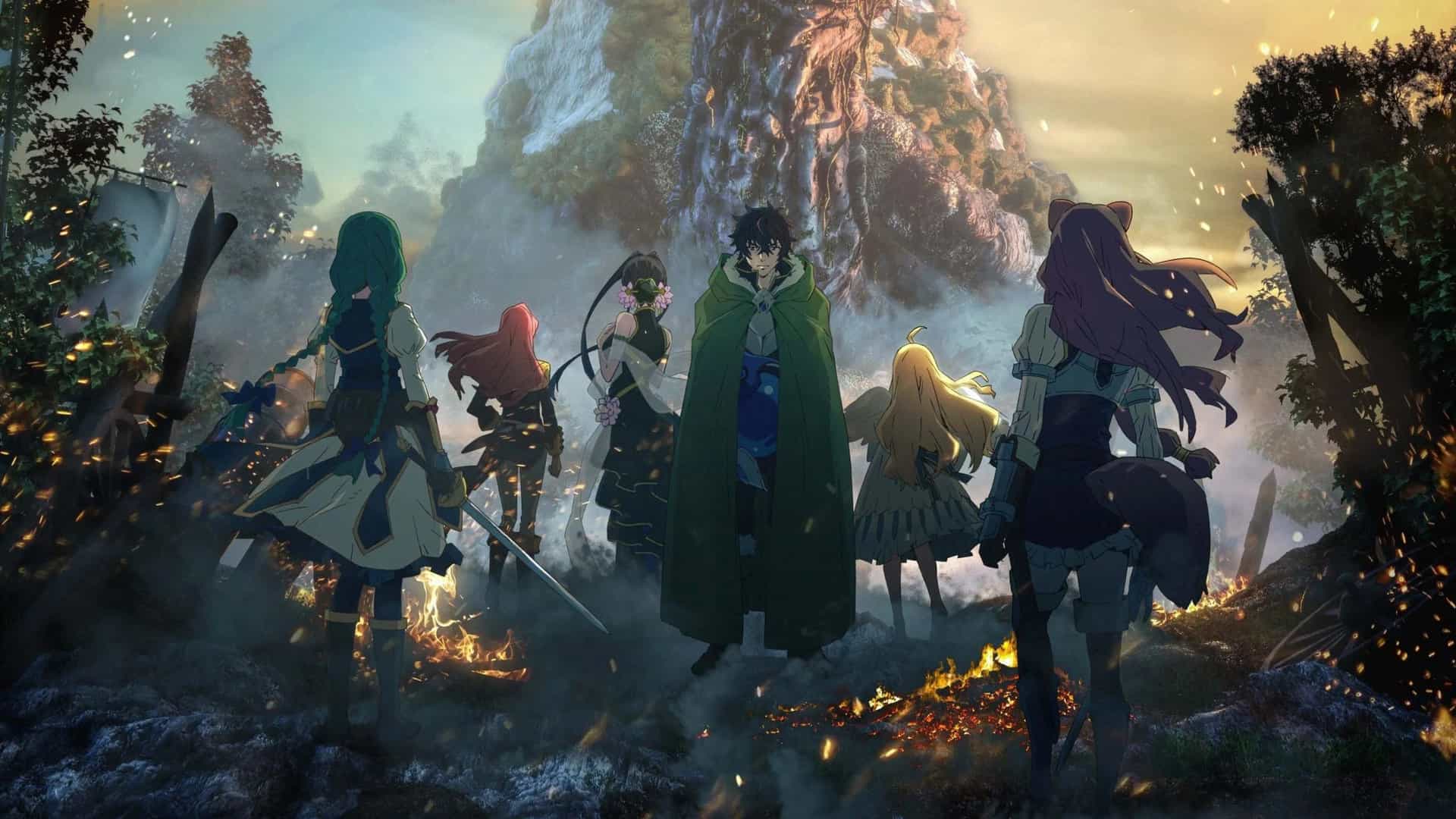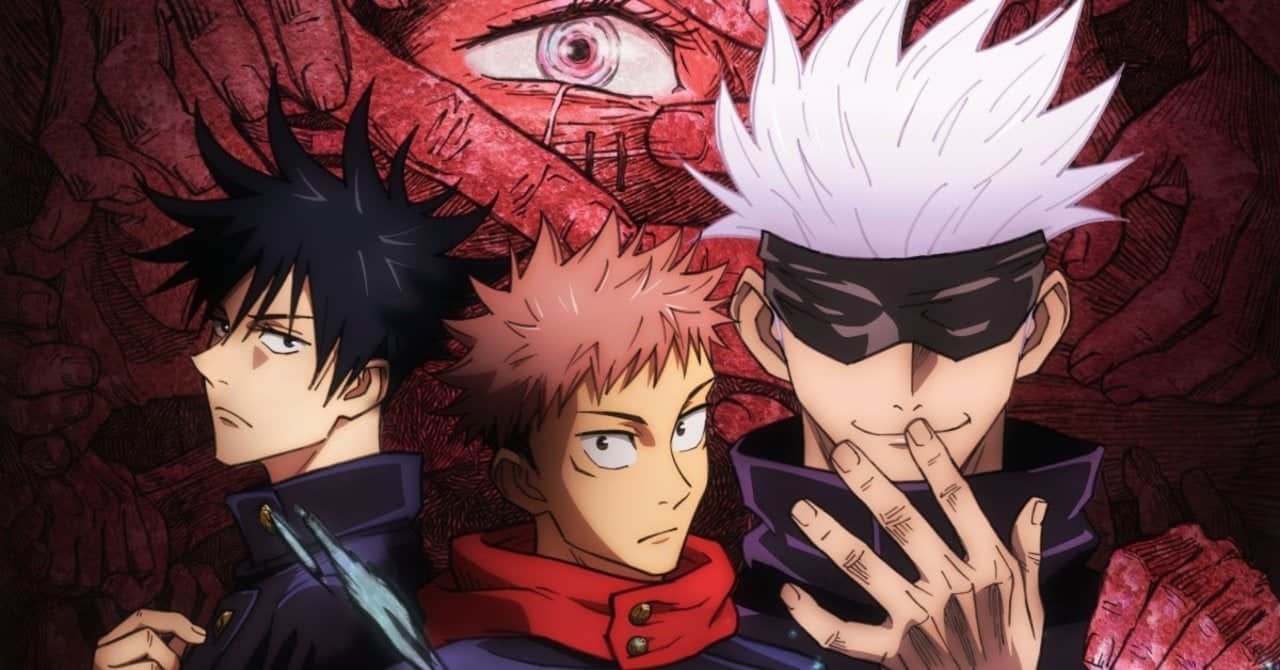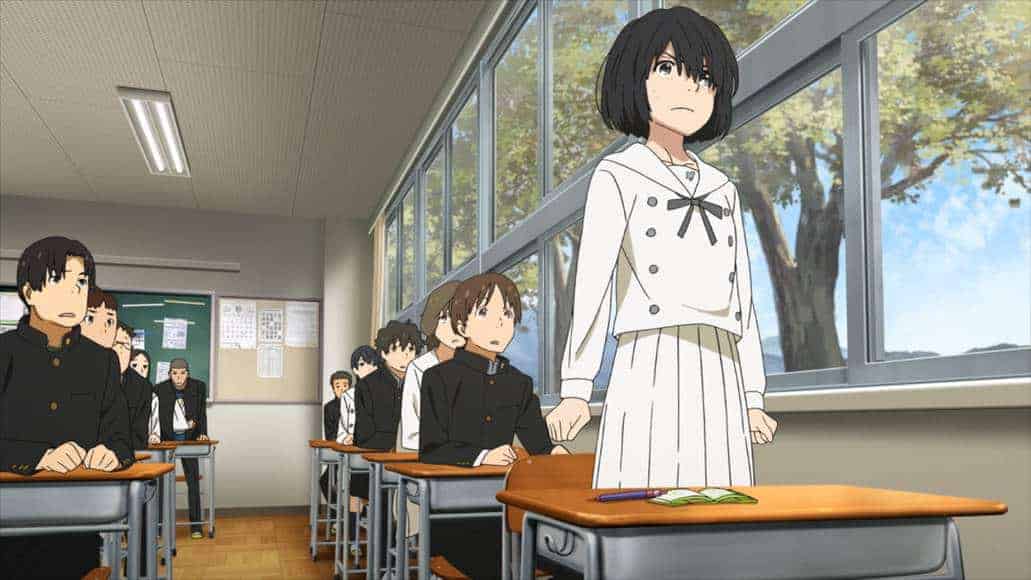All you need to start a band is a guitar and some girls. Unfortunately for Bocchi, that's easier said than done for someone with crippling social anxiety. CloverWorks continues its streak of animating wholesome comedy anime as Keiichiro Saito adapts Aki Hamaji's manga: “Bocchi the Rock!”.
Watch This Title on Crunchyroll
by clicking on the image below
Hitori Goto lives an isolated life. Racked with social anxiety and a great desire to be admired and wanted by others, she picks up a guitar in the hopes of becoming popular through music. Unfortunately, middle school turns into high school and our protagonist is still unable to play in front of others. Despite her skill and obvious talent, Goto's abilities remain unseen as she continues to drift into academic obscurity.
Luck favours our nervous heroine, however, as she is approached one day by Nijika Ijichi who spots her guitar and asks her to cover for her band's runaway guitarist. Dragged along unwillingly, our protagonist makes her band debut as part of the Kessoku Band (rubber band in Japanese) under the protection of a cardboard box. Goto is nicknamed Bocchi by Ijichi and bassist Ryo Yamada, and officially joins her first-ever band. Eventually, the group grows larger with the addition of singer and extreme extrovert Ikuyo Kita, the perfect contrast to introvert Bocchi. The series follows the exploits of the newly formed band as each member has to deal with Bocchi's anxious eccentricities and the challenges of being in a band.
If you like Bocchi the Rock!, check also this video
The series' comedy allows for the heart of our protagonist's insecurities to be exposed to both the audience and their bandmates. At its core, the show is about Bocchi's journey to find herself amidst a sea of anxiety that has stemmed her ability to connect with others. Through the power of music, she can step outside of herself and simply become an extension of the music; a medium for her passion. The series demonstrates this growth brilliantly as with each passing performance we can see the band's growth and how Bocchi's increasing confidence is an essential part of this. Her guitar becomes more and more central to the band's style. As the band grows in popularity and connects to the lives of others, we can see Bocchi slowly beginning to come out of her shell. Acts that would have been unthinkable in the previous months (customer service etc.) become not commonplace but a possibility in her world. This realistic portrayal of growth is one that makes Bocchi an extremely likeable protagonist that one cannot help but root for. Much like the Kessoku Band, our guitarist has become more than the sum of her parts, finding her niche amongst like-minded individuals.
The show's strength ultimately falls upon the performances of all four lead girls, each of whom excels and combines harmoniously in comedic excellence. Yoshino Aoyama (Bocchi) in particular is a stand-out as she expertly moves between the confident vocalisations of the guitarist's ego dreams and the deflated groans of a pained protagonist. Similarly, Saku Mizono (Ryo Yamada) is able to present an aloofness that plays so well against the self-confidence of Sayumi Suzushiro (Nijika Ijichi) and the extravagant extrovert nature of Ikumi Hasegawa (Ikuyo Kita). The four bandmates combine with each other in a unique way that enhances the comedy and creates so many different dynamics for the series to play to enhance the comedy.
Central to the comedy's creation is the animation from CloverWorks. The studio aptly switches between different styles and mediums in order to amplify every comedic situation. Playing upon the medium of anime itself, the animation appears to be self-aware in its creation, using the medium's boundaries and its ever-changing style to present an expansive journey to the punchline. The real strength of this comes from the ability of the show to become not too self-referential in its comedy but more appreciative of the medium itself. In switching from 90s style “Fist of the North Star” esque animation to its standard style and then to a 3D sandbox animation, CloverWorks and art director Yasunao Moriyasu have created the most ambitious comedy anime since “Nichijou”.
Perhaps the most effective recurring joke in the series stems from Kerorira's character designs. Whenever Bocchi falls deep into a pit of despair, she becomes an amorphous blob of anxiety. Contrasting so heavily with the standard cute character designs, this formless grotesquery oozes throughout certain scenes as the world continues on around them. By changing up the design of Bocchi's metamorphosis, the joke remains fresh throughout and one cannot wait to see how it will next be utilised. Whether the blob disintegrates into infectious Bocchi bacteria or is lost within the recesses of a rubbish bin, its appearance never fails to draw a laugh.
It would be remiss to speak of the show and not mention the music which is intensely enjoyable. The in-episode performances are sung by the voice actors who do a fantastic job of bringing Kessoku Band and their songs to life. Each concert is a resultant combination of fluid animation and vibrant music. In the small mistakes and rough lyricism, the band feels more realistic to a high-school band whilst also being a joy to watch. One becomes a fan of the band, rooting for them and watching the growth in every subsequent concert.
Creating a consistently funny and watchable comedy anime is an extremely difficult proposition but CloverWorks and Keiichiro Saito have absolutely succeeded. Building upon great performances and animation, the show manages to have a joke-success ratio that almost reaches one hundred percent. Bocchi's sensibilities lend so easily to comedy in a way that makes them feel instantly iconic within the comedy anime sphere. Intensely likeable in their self-doubt without tipping over into the realm of pandering, the protagonist represents the best of the series. “Bocchi the Rock!” is easily one of the best anime to be released within the past few years.



